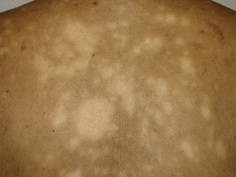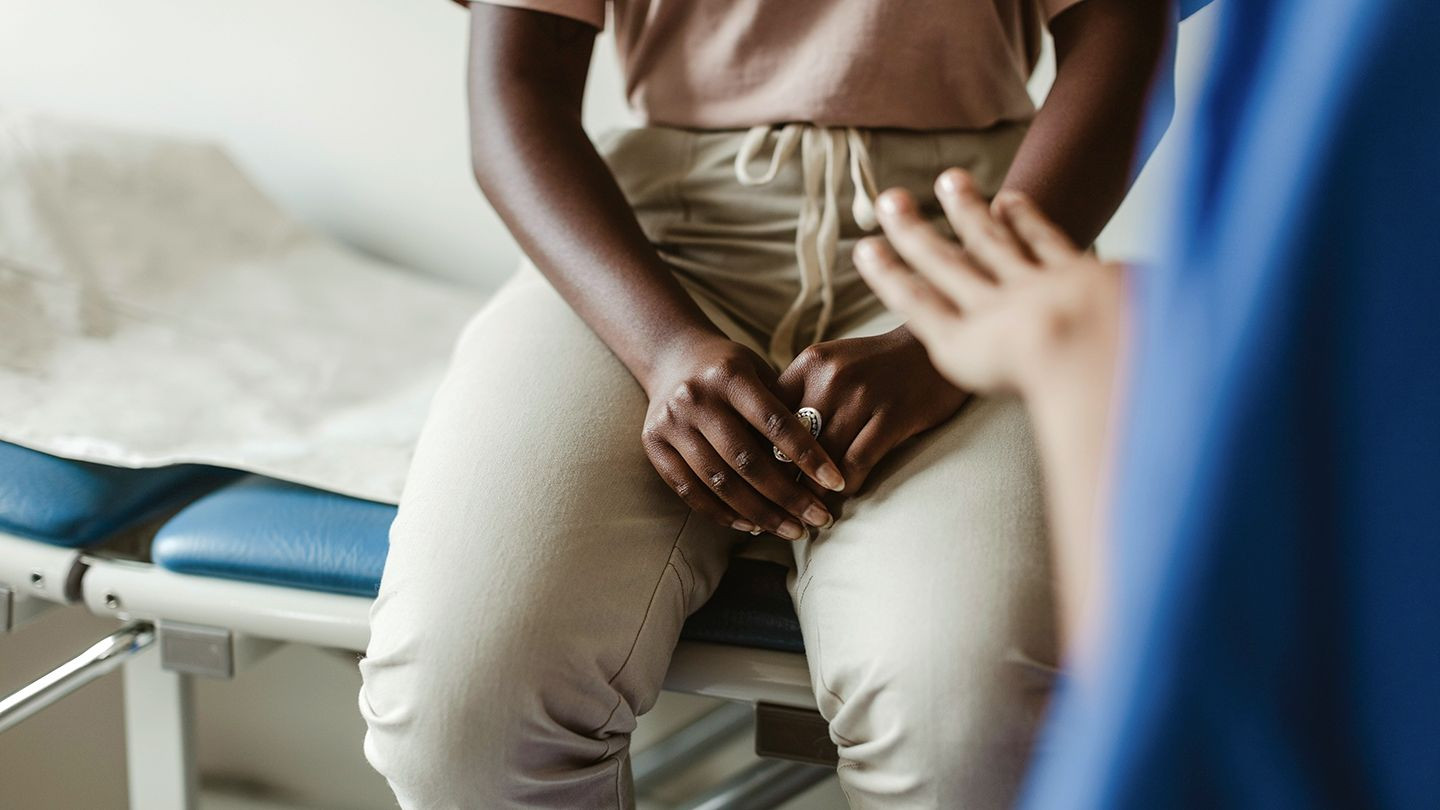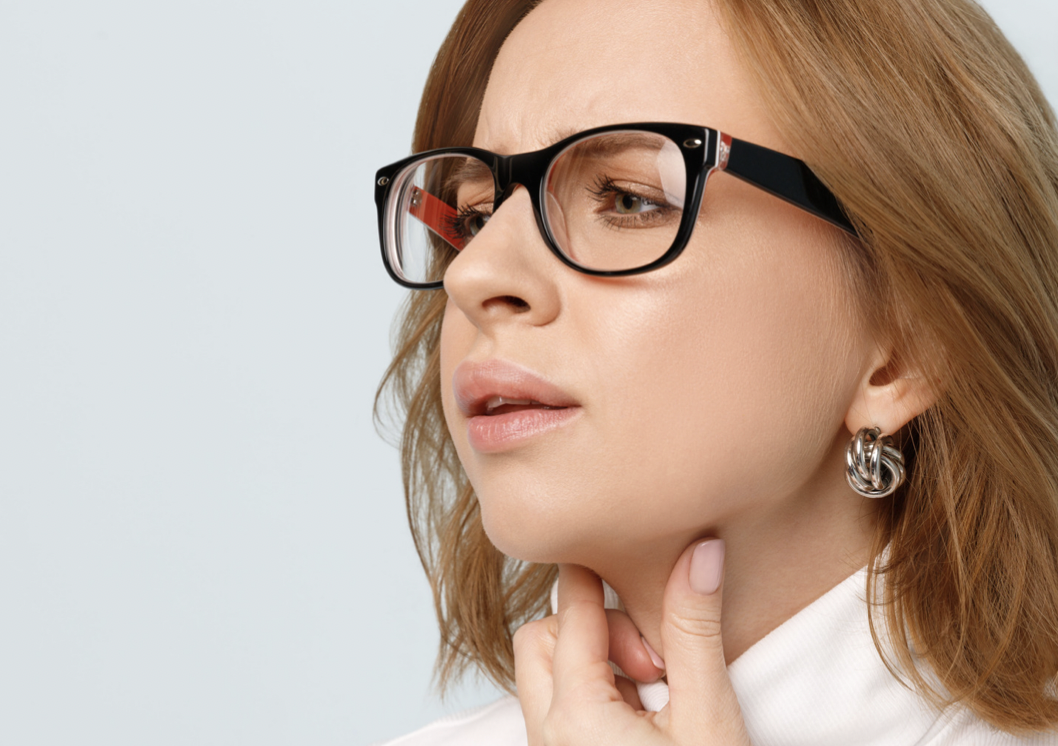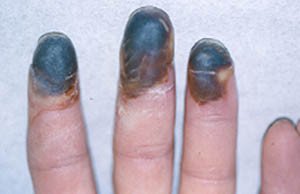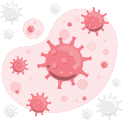Definition
De Quervain's syndrome, also known as de Quervain's tenosynovitis and gamer's thumb, is an inflammatory condition affecting specific tendons on the thumb side of the wrist. The name of the disease is derived from the Swiss surgeon Fritz de Quervain, who first identified and described this condition in 1895.
Tendons are structures that attach muscles to bones, allowing muscles to pull and move bones. These structures are enclosed in a thick sheath that keeps the tendons in place. Swelling or inflammation of the tendons and their sheaths can cause abnormal friction. This condition can lead to pain and make it difficult for patients to move their thumb and wrist.
De Quervain's syndrome can also cause pain, especially when:
- Grasping objects
- Rotating the wrist
- Making a fist
- Performing daily activities
De Quervain's syndrome is more common in women, peaking in those aged 40 to 50. This syndrome is also commonly found in patients with a history of epicondylitis (inflammation of the tissue connecting the arm muscles to the elbow).
Generally, de Quervain's syndrome occurs more frequently on one side of the hand, though it can occur on both sides, especially in new mothers and caregivers who often perform repetitive motions while holding children.
Causes
The exact cause of de Quervain's syndrome is still unknown. This syndrome affects two major tendons that help move the thumb. Swelling of the tendons and/or thickening of the tendon sheath can cause the tendons to enlarge and not fit within their sheaths. This condition can restrict tendon movement, increase friction, and cause pain during certain movements involving the thumb and wrist.
Although the exact cause is unknown, several sources suggest factors that may contribute to the onset of de Quervain's syndrome, such as:
- Repeated and excessive fist clenching
- Inflammatory conditions like rheumatoid arthritis
- Fluid buildup in the body, such as from hormones during pregnancy
- Direct injury to the thumb or wrist
- Daily activities requiring repetitive and excessive movements like:
- Gardening
- Racket sports
- Holding children
- Skiing
- Using a hammer
Risk factor
Anyone can develop and be at risk for de Quervain's syndrome, but the following factors can increase the risk:
- Age
Adults aged 30-50 are at higher risk compared to children.
- Gender
Women are 8 times more likely to develop de Quervain's syndrome than men.
- New mothers
New mothers who frequently hold their babies continuously are at risk for de Quervain's syndrome.
- Athletes
Athletes, especially those in racket sports like tennis and golf, which require repetitive wrist movements, are at risk for de Quervain's syndrome.
- Repetitive movements
Anyone performing repetitive movements and activities, such as typing on a computer keyboard or knitting, is at risk for this condition.
Symptoms
This condition can appear suddenly or develop gradually. Symptoms of de Quervain's syndrome include:
- Pain near the base of the thumb that can worsen with hand and thumb movements. The pain can come on suddenly or gradually worsen.
- Pain that radiates from the thumb or wrist to the forearm.
- Swelling on the side of the wrist or near the base of the thumb.
- Difficulty moving the hand, especially when rotating the hand, grasping, pinching, or lifting objects.
- A cracking or grinding sound when moving the thumb.
Diagnosis
The doctor will ask detailed questions about your symptoms and how long you have been experiencing them. Complaints in the hand area usually require information about your daily activities and usual work. Also, inform the doctor about any treatments you have undergone and your family medical history.
The doctor will then conduct a general and physical examination, particularly in the hand and arm area, to check for:
- Deformities
- Skin color changes
- Swelling
- Pain upon pressure
- Difficulty in movement
The doctor may also ask you to perform certain movements, such as bending the thumb inside the other fingers, making a fist, and bending the wrist towards the little finger. Patients may feel pain in the wrist area shown in the image below.
 Credit: Ortho Info.
Credit: Ortho Info.
Additional tests are usually unnecessary for diagnosing de Quervain's syndrome. However, the doctor may recommend X-rays and CT scans if they suspect fractures or other causes of wrist pain.
Management
De Quervain's syndrome can heal on its own. Treatment aims to reduce irritation or swelling of the tendons and their sheaths, hoping to alleviate pain. Treatment is generally provided for patients with persistent symptoms. Management of de Quervain's syndrome can be non-surgical or surgical.
Non-Surgical Treatment
- Splinting: Splints can be used to rest the thumb and wrist and keep them in a comfortable position. Splints can be worn daily for 4 to 6 weeks.
- Cold Compresses: Ice packs on the painful area can help reduce swelling and inflammation.
- Medications: Pain relievers like acetaminophen or ibuprofen can help reduce pain and swelling. Additionally, steroid injections can be an option for painful hand areas. Steroids act as anti-inflammatory agents, and injections are considered because they can work directly on the painful area.
- Avoiding Aggravating Activities: You are advised not to move your wrist and thumb too often. By limiting activities, symptoms are expected to subside on their own.
Surgical procedures
If non-surgical treatment is ineffective and symptoms are severe, surgery may be an option. Surgery, performed by an orthopedic surgeon, involves making an incision in the tendon sheath. The primary goal of surgery is to make room for the irritated tendon.
Successful surgery can relieve pain and swelling and restore thumb and wrist function. During recovery, the doctor will recommend exercises to restore the strength of the thumb and wrist muscles. This procedure usually does not require hospitalization.
Complications
De Quervain's syndrome rarely causes specific complications. However, complications can occur after surgical therapy, including:
- Injury to the arm nerve (radial nerve)
- Entrapment of wrist muscles
- Tendon subluxation, a rare complication where the tendon slips out of its normal position
- Pain at the surgical scar
- Infection at the surgical scar
Prevention
De Quervain's syndrome can be prevented, whether you have never had it or want to prevent its recurrence. Prevention can be done by reducing repetitive activities that can cause pain, as described above.
You can also rest and stretch the wrist occasionally during these activities. If you have had de Quervain's syndrome before, it is essential to perform the exercises recommended by your doctor to restore the strength of the thumb and wrist muscles.
When to see a doctor?
You should see a doctor if you experience persistent thumb pain that limits your ability to perform daily activities. If it does not improve with initial treatment, a general doctor may refer you to an orthopedic surgeon if necessary.
Looking for more information about other diseases? Click here!
- dr. Yuliana Inosensia
Cleveland Clinic – De Quervain’s Tendinosis. (2020). Retrieved 5 September 2022, from https://my.clevelandclinic.org/health/diseases/10915-de-quervains-tendinosis.
Mayo Clinic – De Quervain Tenosynovitis. (2022). Retrieved 5 September 2022, from https://mayoclinic.org/diseases-conditions/de-quervain-tenosynovitis/symptoms-causes/syc-20371332.
Ortho Info – De Quervain’s Tenosynovitis. (2021). Retrieved 5 September 2022, from https://orthoinfo.aaos.org/en/diseases--conditions/de-quervains-tendinosis.
Satteson E., Tannan SC., (2022). De Quervain Tenosynovitis. Retrieved 5 September 2022, from https://www.ncbi.nlm.nih.gov/books/NBK442005/.
Web MD – What’s de Quervain’s Tenosynovitis? (2022). Retrieved 5 September 2022, from https://www.webmd.com/rheumatoid-arthritis/guide/de-quervains-disease.


